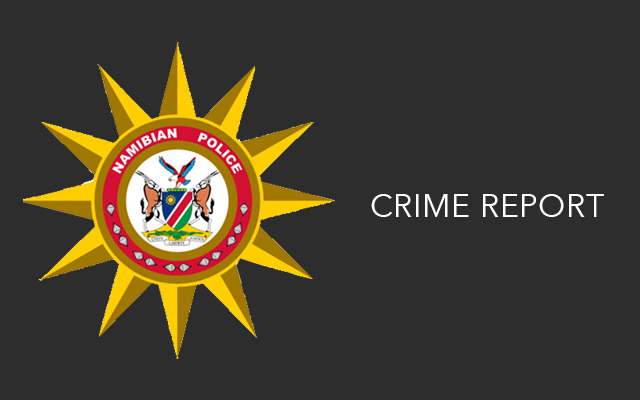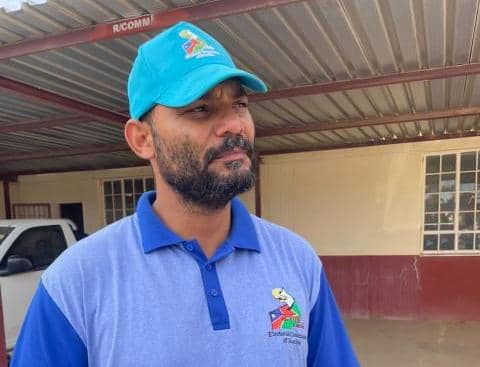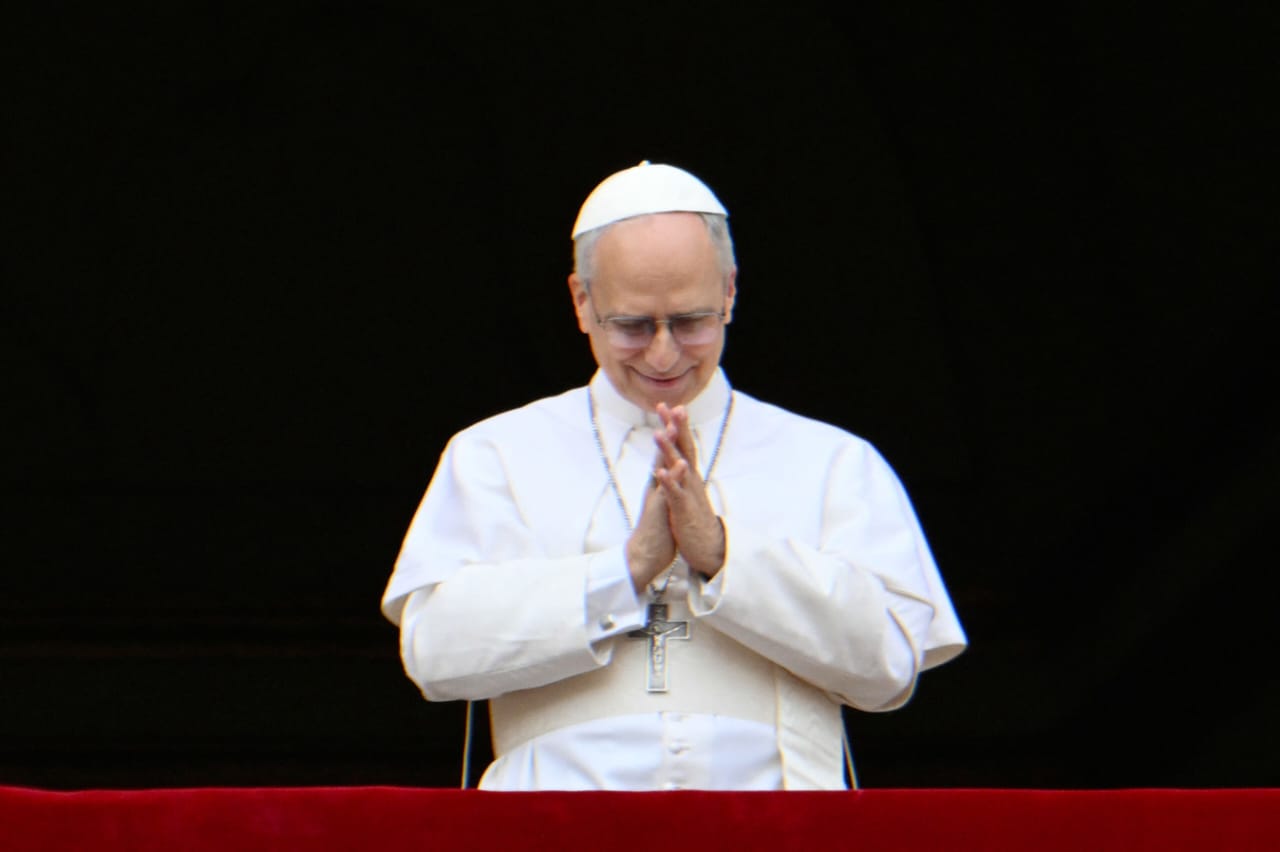Physicians, or a trained medic that covers the sideline, should understand that anything can happen in sport.
The medical team covering the event should be familiar with the injuries that may occur in that sport and must be prepared to manage an athlete with a serious injury until the player can be transferred to a medical facility.
If the injury does not require transfer, the team medic can manage the problem and decide on return to play.
Typically, the medic will take the athlete to a medical facility for more definitive care, withhold the athlete from play with further follow-up arranged, observe the athlete with potential return to sport, or clear the athlete to go back to competition.
The key principles of event coverage are to be aware of and be prepared for both common and unexpected injuries.
When an athlete collapses for example, the team physician must consider both traumatic and medical causes.
The priority, in the initial assessment, is to identify any life-threatening injuries that can be reversed. These include spine, breathing, and circulation dangers.
For example, if there is a problem related to the airway or circulation, the athlete may have a limited window of time, as short as four minutes, before irreversible cellular damage occurs from deprivation of oxygen.
Once cardio respiratory functions are secured, the athlete is checked for neurological and other life threatening medical emergencies.
Cardiovascular causes are the most common reason for non-traumatic sudden death in the athlete.
Dehydration, temperature-related illnesses, electrolyte imbalances, drug use, and other severe medical conditions can also be fatal.
The examination always begins with a primary survey, which is done on the field before moving the patient.
A popular algorithm is the ‘ABCDE’ approach is to provide a uniform method of examining trauma patients.
The ‘ABCDE’ approach stand for airway and cervical spine, breathing, circulation, disability, and exposure and environment.
During the primary survey, the athlete may not need to be moved immediately.
The athlete should be left in the position he/she is found throughout the primary survey unless there is immediate danger, airway compromise or cardio respiratory emergency that needs attention.
Each letter of the algorithm should be cleared before moving the player off the field and it is important to regularly re-evaluate these steps to make sure the examination has not changed since the initial evaluation.
Practising a consistent approach to the initial assessment of an injured athlete helps ensure that important aspects of the examination are not overlooked.
The medical team should wear gloves whenever managing an athlete and practise universal body precautions to avoid unnecessary direct contact with body secretions and fluids.
It is very important to have trained medic or a sports physician at the field at all times who is familiar with sports injuries. Donatha Gawanab is a Namibian sports medic.
Stay informed with The Namibian – your source for credible journalism. Get in-depth reporting and opinions for
only N$85 a month. Invest in journalism, invest in democracy –
Subscribe Now!










